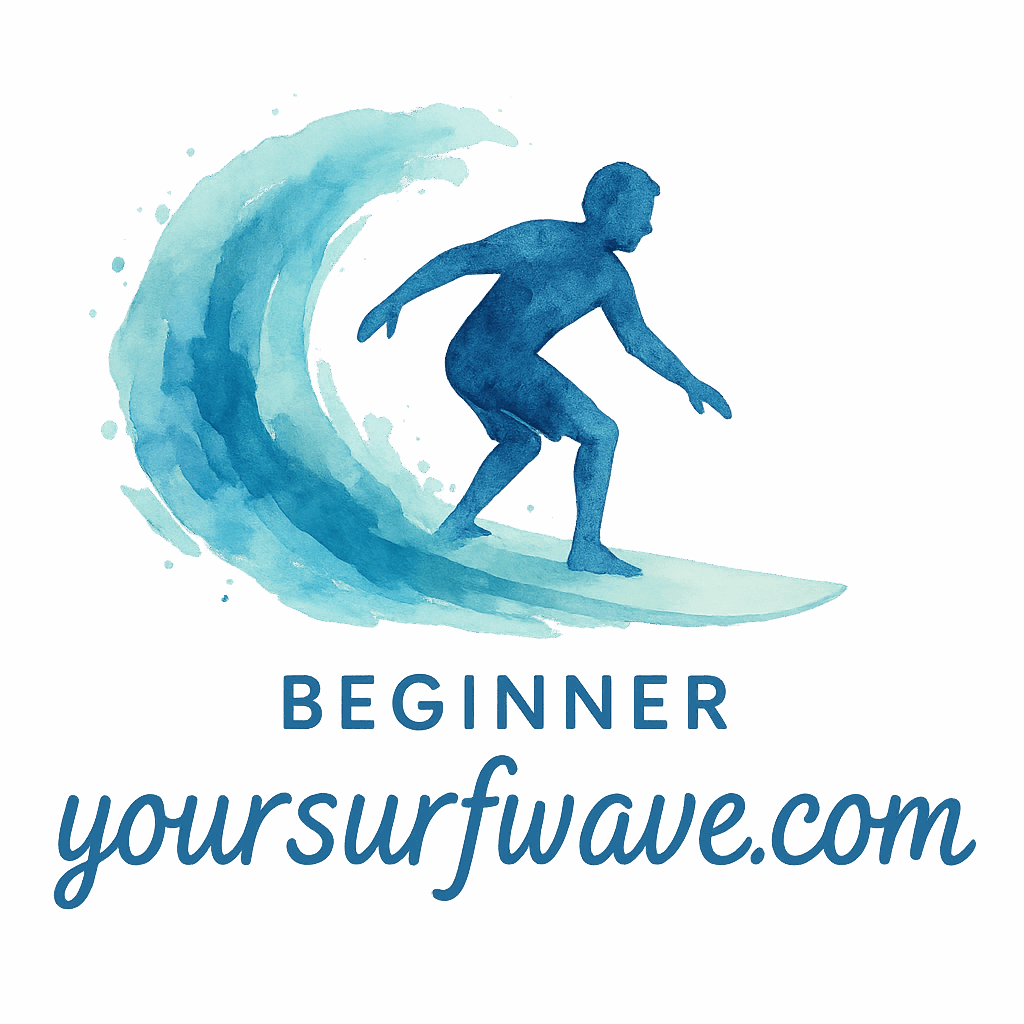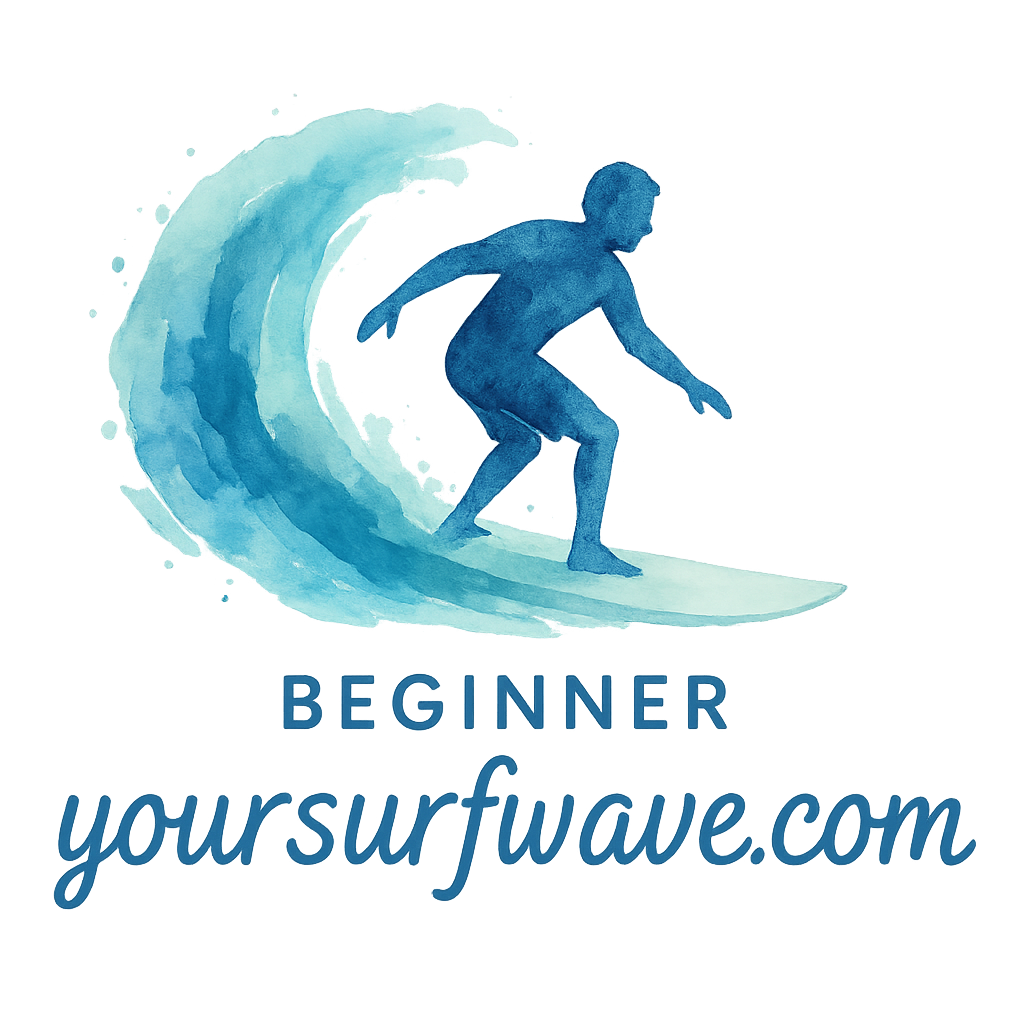Looking to level up your surf game before you even hit the waves? Then stretch it out, friend! These 7 surf stretching routines for beginners are your new go-to moves for warming up, loosening up, and surfing longer without wiping out your body. You don’t need to be a yoga pro or super bendy—you just need a bit of space, time, and commitment to your surf journey.
Let’s dive in and limber up.
Why Stretching Matters for Surfing Beginners
Ever tried paddling out with stiff shoulders or popped up with tight hips? It’s brutal. Stretching boosts flexibility, blood flow, and joint mobility—key ingredients to improving your performance and avoiding injury.
Plus, if you’re learning to surf, your body is going through new motions. Stretching helps prep your muscles and eases soreness post-surf.
Check out the surf fitness tips to learn why stretching is part of every serious surfer’s routine.
When to Stretch: Pre-Surf vs Post-Surf
Not all stretches are equal, and the timing matters:
- Pre-surf: Use dynamic stretches (think movement-based warm-ups).
- Post-surf: Use static stretches to lengthen and cool down tired muscles.
Knowing the difference can change how you feel after a session—and how you recover for the next one. Surf lifestyle guides emphasize this balance between action and recovery.
Stretching Safety Tips for New Surfers
Before we hit the floor:
- Warm up briefly before deep stretches
- Don’t bounce in a stretch (we’re not in the ‘80s!)
- Never stretch to pain—only to tension
- Breathe through it. Seriously, your breath is your secret weapon
If you’re a true beginner, skim through these beginner surf tips before starting.
7 Surf Stretching Routines for Beginners
Let’s break down each of these easy-to-follow routines. Pick a couple pre-surf, a couple post-surf, and mix in one or two on off-days to stay limber and surf-ready.
1. Dynamic Warm-Up Flow (Pre-Surf)
Movements Included
- Arm circles
- Leg swings (front and side)
- Torso twists
- Jumping jacks
- High knees
Why It Works
This flow gets your heart pumping and activates key surfing muscles. Perfect for shaking off stiffness and getting loose before paddling out. Dynamic movement mimics surf motion—hello, paddle power.
2. Full-Body Surf Prep Sequence
Movements Included
- Inch-worms
- Downward dog to cobra flow
- Standing side bends
- Forward fold
Why It Works
Warms up your entire posterior chain (the surf engine: back, hamstrings, glutes) while giving your spine some TLC. It’s great for those dawn patrol sessions.
Want more on surf movement prep? Head over to the surf basics tag.
3. Hip Opener Circuit
Movements Included
- Pigeon pose (or seated figure 4)
- Lizard stretch
- Butterfly stretch
Why It Works
Loose hips = better pop-ups and balance. If you’re spending more time falling than surfing, tight hips might be the culprit.
This sequence also helps ease soreness after long sessions. Find more in our beginner wellness tips.

4. Shoulder Mobility & Paddle Prep
Movements Included
- Wall angels
- Thread the needle
- Cross-body shoulder stretch
Why It Works
Paddling demands a lot from your shoulders. This set opens your shoulders and strengthens stabilizers to prevent common injuries.
For deeper insight into surf gear that protects your shoulders, check out surf gear essentials.
5. Lower Back Love Routine
Movements Included
- Cat-cow pose
- Child’s pose
- Supine spinal twist
Why It Works
Lower back pain is common among beginners. These gentle movements decompress your spine and release tension.
If you’re doing home workouts, sneak this routine in afterward for relief.
6. Cool Down & Surf Recovery Stretch
Movements Included
- Hamstring stretch
- Quad stretch
- Triceps and bicep stretches
- Neck rolls
Why It Works
Post-surf stretches should be static and calming. These movements target areas that tend to get sore and help reduce DOMS (delayed-onset muscle soreness).
If you surf indoors or train on off-days, this is a must. See more indoor exercises.
7. Breathwork & Gentle Stretch Flow
Movements Included
- Seated forward fold
- Supine twists
- Deep belly breathing
Why It Works
Stretching doesn’t have to be intense. Sometimes, the best thing you can do is breathe and reconnect with your body.
For more benefits like these, check out our article on surfing therapy.
How to Turn These Into a Weekly Surf Stretch Plan
Here’s a sample:
- Monday – Full-Body Surf Prep + Shoulder Mobility
- Wednesday – Dynamic Warm-Up + Hip Openers
- Friday – Lower Back Routine + Cool Down
- Sunday – Breathwork Stretch Flow (recovery)
Rotate based on your surf schedule, and sprinkle in some surf fitness when you’re not in the water.
Stretching Tools Every Beginner Surfer Should Use
A few tools make all the difference:
- Yoga mat
- Resistance bands
- Foam roller
- Tennis ball (for trigger points)
You’ll find many of these recommended in our surfboard reviews and gear section.
The Link Between Stretching, Surf Fitness, and Mental Clarity
Stretching isn’t just physical—it’s mental. It helps you stay focused, relaxed, and in tune with your body. Think of it as active meditation. That’s why so many surf therapy programs include mobility work.
Want a surf life that’s strong, centered, and sustainable? Stretching is part of that surf lifestyle.
Conclusion
Surfing might be wild, but your prep doesn’t have to be. These 7 surf stretching routines for beginners will improve your performance, prevent injuries, and make your surf journey way more enjoyable. Whether you’re on the beach, in your garage, or in a tiny apartment, you’ve got space to stretch—and that’s all you need to start riding smoother and living better.
So go on—roll out the mat, hit that stretch, and keep surfing strong.
Want to explore more? Dive into Your Surf Wave and check out these valuable links:
FAQs
1. How long should I stretch before surfing?
10–15 minutes is ideal for a pre-surf warm-up with dynamic stretches.
2. Can stretching really help me surf better?
Absolutely. It improves mobility, balance, and endurance—essential for surfing.
3. What’s the difference between dynamic and static stretching?
Dynamic involves movement (best before surfing); static involves holding (best after surfing).
4. I’m not flexible. Can I still benefit from these routines?
Yes! These are beginner-friendly, and flexibility will improve over time.
5. Do I need equipment for these stretches?
Nope. A yoga mat is helpful but not required.
6. How often should I stretch if I surf 3 times a week?
Aim for 4-5 stretch sessions a week, including post-surf and off-day recovery.
7. Can stretching help with surf-related anxiety or nervousness?
Yes—especially breath-focused routines, which support mental health and relaxation.


